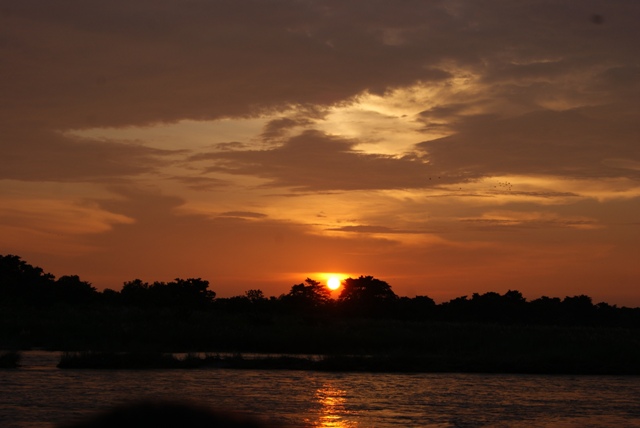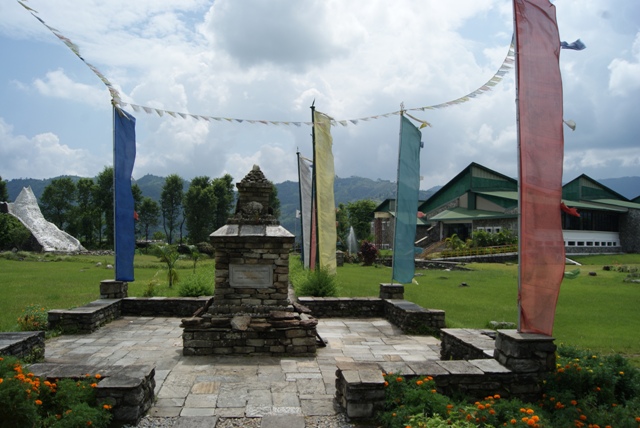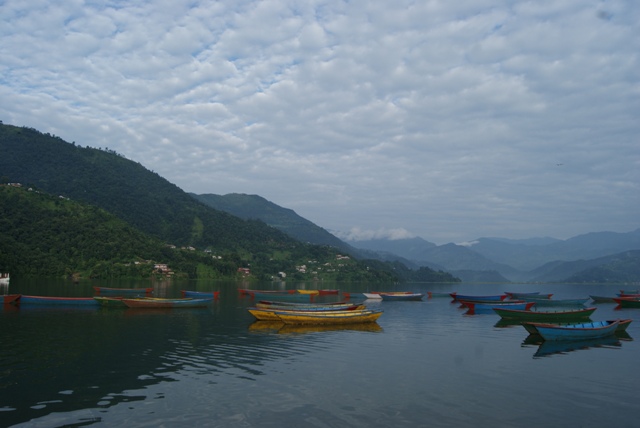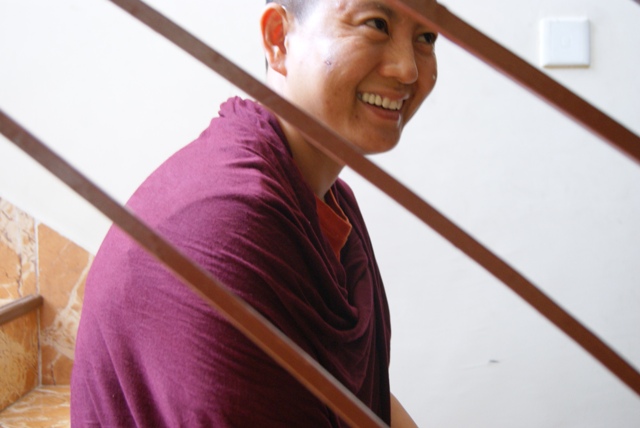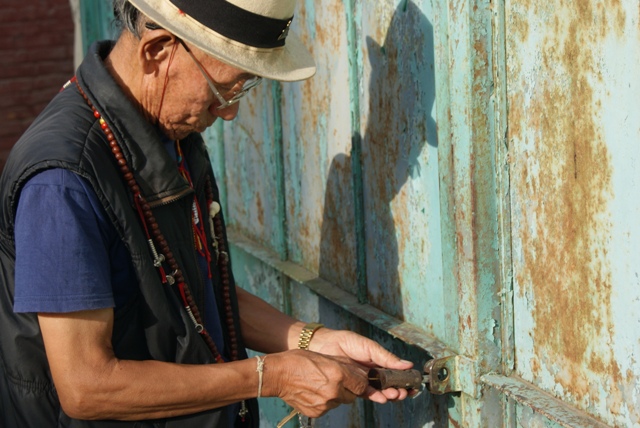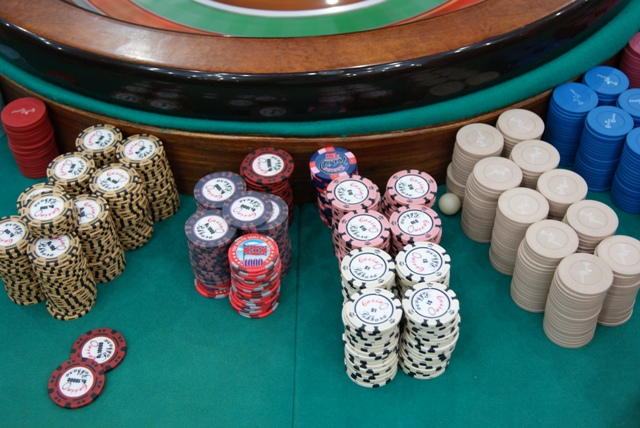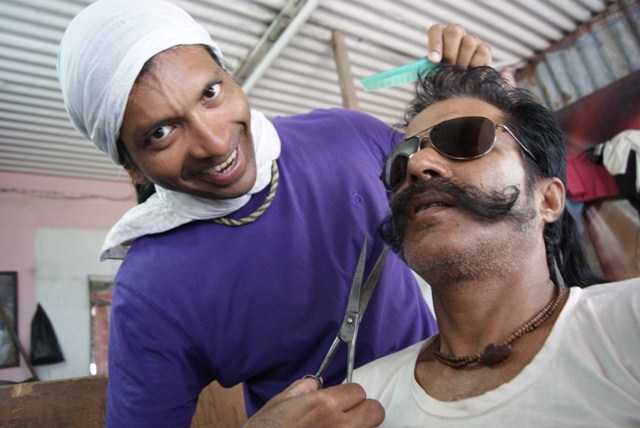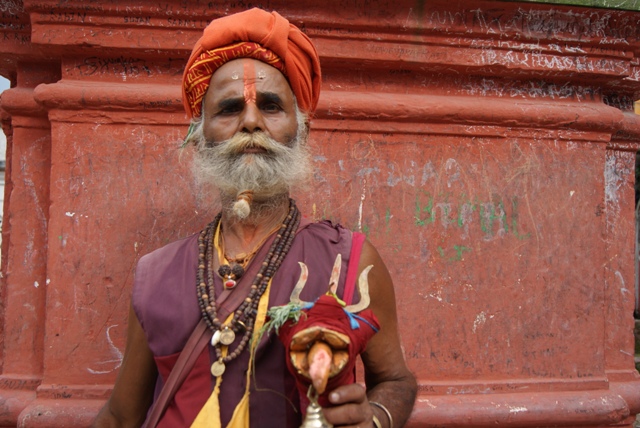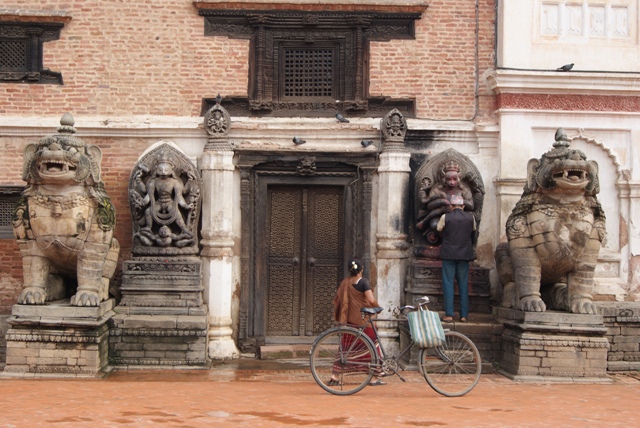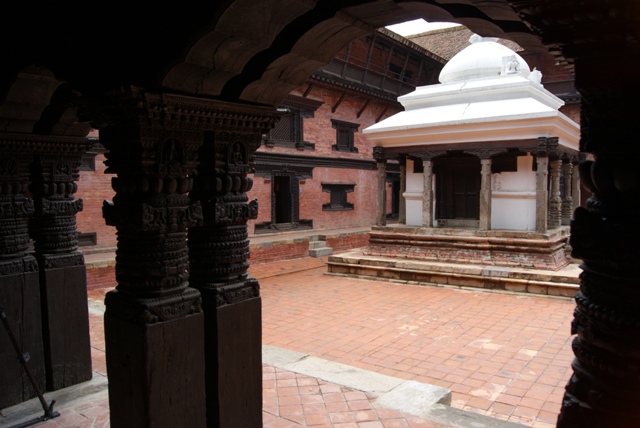If Pokhara was an escape, Chitwan was supposed to be better – an escape into the wild. I headed to the former hunting reserve of the ruling dynasty and one of the few remaining tall grassland habitats in the world. Here I would be watching an enthralling sunset, canoeing close to crocodiles and generally getting closer to Nature. The bus station in Pokhara was brimming with other tourists who were also Chitwan-bound. My baggage was secured against the bumpy ride and possible rain. Fresh-baked rolls and croissants rattled into paper
Pokhara is a quaint little tourist town which is not really in a rush to get up and get going any given morning. Tourism was a late entrant in Pokhara and till the 60s, the town was accessible only by foot. Most of the valley was meandering fertile fields which gave way for haphazard development. The Fewa Lake is the hub of all tourism in Pokhara. Commercial fishing is allowed in the lake which is a source of livelihood for many locals. Water from the lake is used for irrigation
The city lights and the sights had taken its toll. I was by now ready to give my right hand for some peace and quiet. You need peace? Then go to Pokhara! Nobody actually said it. But nevertheless, it seemed a good idea. Pokhara Valley lies close to 200 kilometres to the west of Kathmandu. By road it takes the better part of a day as the roads in Nepal are nothing much to write home about. Flight takes just half an hour and you arrive even before you get
Music has an undeniable role in the life of every Nepali. It throbs in every vein, beats in every heart. Till recent music was confined to soul-less belting out of tried and tested western numbers. And to raunchy renditions from the neighbouring Indian film industry. Not anymore. Here, there is a song for every occasion. Music is associated with all events in life – birth, death, marriage, festivals and feasts. Even office promotions are celebrated by the middleclass with much aplomb. Probably taking cue from this, foreigners in Nepal too
The city of Patan renowned as the city of fine arts is five kilometres from capital Kathmandu. This city, also called ‘Lalitpur’ which means ‘the beautiful city’, is also the oldest one in Kathmandu Valley. With approximately 1,200 Buddhist and Hindu monuments spread across the city, including the durbar square, Patan is a World Heritage Site listed by UNESCO. The great emperor Asoka is believed to have visited the city in 250 B.C. and the majority of the inhabitants are Buddhists. A city renowned for the unparalleled skills of its
One of the advantages of not being a Nepali is that you can enter the casinos. The laws of the land officially forbid a native from gambling. However, this has not come in the way of the two valleys – Kathmandu and Pokhara – from becoming favoured destinations for the global gambler. There are four casinos housed in four of Kathmandu city’s top hotels and another one in Pokhara situated 200 kilometres to the west of the valley. Most of the casinos offer 24-hours of non-stop poker, blackjack, roulette, flush
It is easy to be carried away by all the richness and diversity of the art and architecture of Nepal which has earned her the title ‘heritage country’. Honestly, I was getting a bit weary of it by now. But in a country with a landscape as varied as arid snow mountains to tropical jungles, with a multitude of ethnicities, limitless culinary spreads and a thriving tourist economy, the traveller is never at a loss for options. Backpacking was more a lifestyle than a mode of travel during its early
In Nepal, heritage is a way of life. The grandeur is spellbinding and legends come alive. A country of contrasts, where god and mortals live together, a treasure trove of architectural marvels. When it is an act of faith that made the whole country, it is no surprise that there are more religious monuments than houses. Kathmandu, the capital of Nepal and the largest city in the country, is believed to have been founded around 300 AD. However, real development in Kathmandu and surrounding Patan and Bhaktapur began only from
The following travelogue on Nepal is based on the series ‘See More Nepal’ written and directed by me for Travel Trendz TV. Were there nothing else in Nepal save the Bhaktapur Durbar Square, it would still be aptly worth making a journey half way round the globe to see. E.A. Powell, The Last Home of Mystery, 1929, London Bhaktapur, between the 14th and the 16th centuries, was the capital of Nepal. Though today it has lost the privilege to Kathmandu, it still retains its culture and traditions, some say, even
(The following travelogue on Nepal is based on the series ‘See More Nepal’ written and directed by me for Travel Trendz TV.) The ancient city of Patan, known as the city of fine arts, is just 5km southeast from Kathmandu. It is widely believed to have been founded by Emperor Asoka in the third century BC though there are no proofs to support it. The place is also called Lalitpur which means ‘the beautiful city’. The day I came to Patan Square happily coincided with the Krishna Janmashtami celebrations, the


